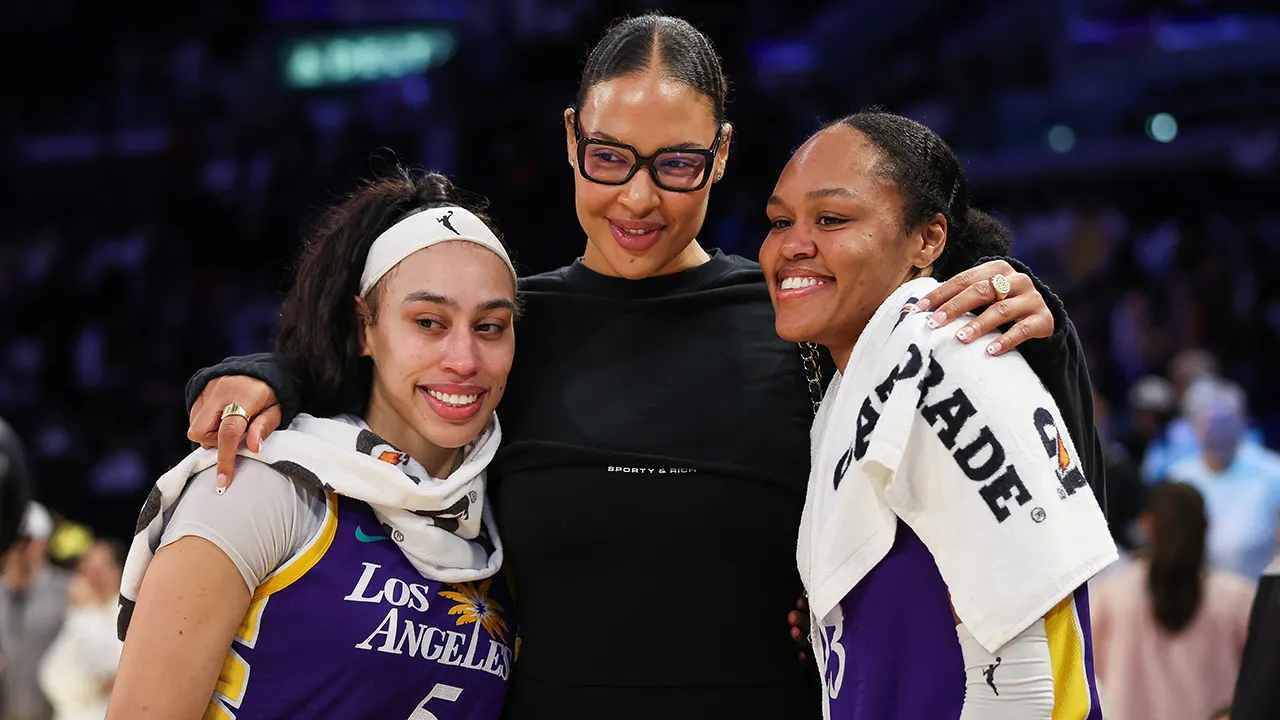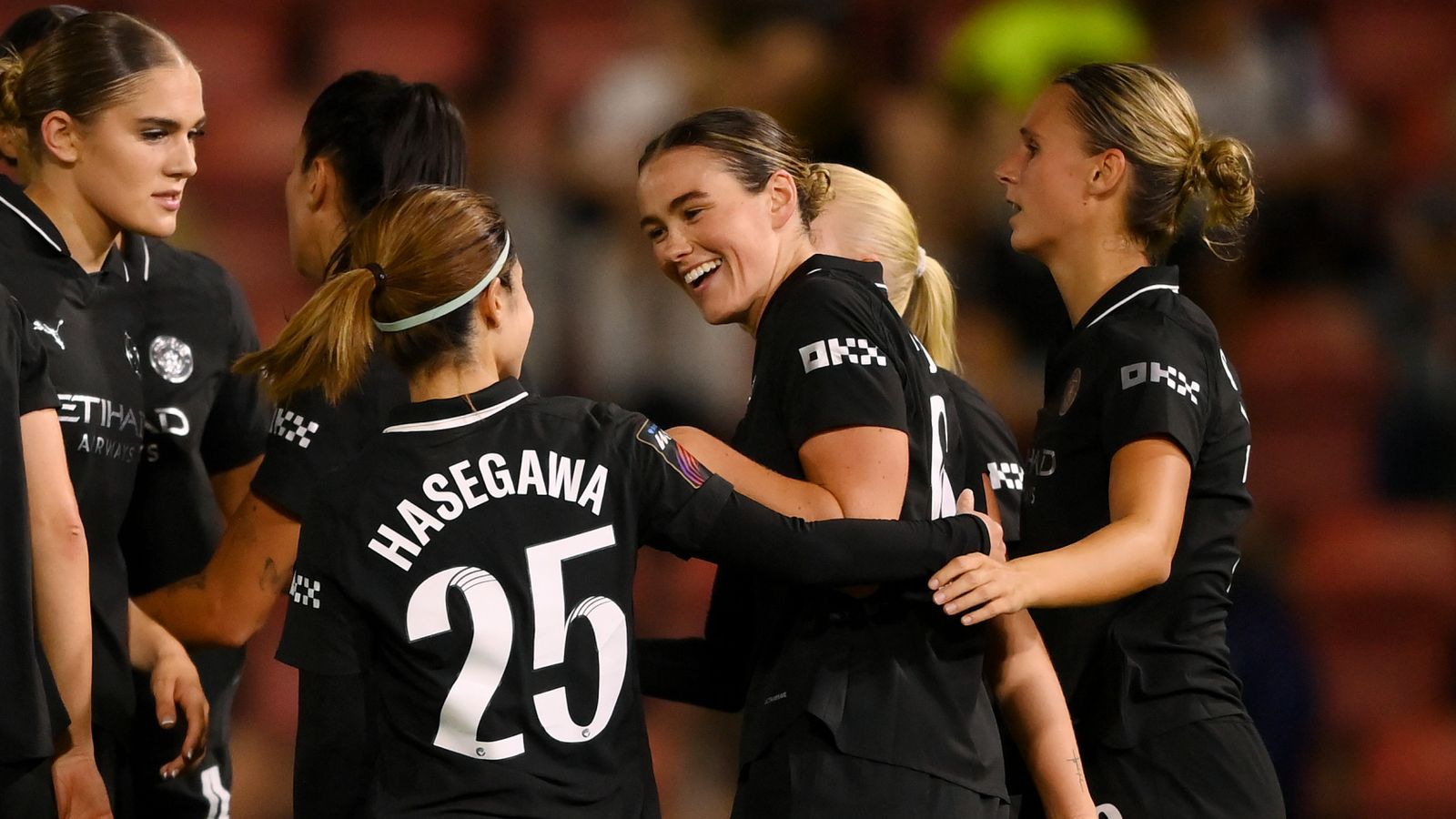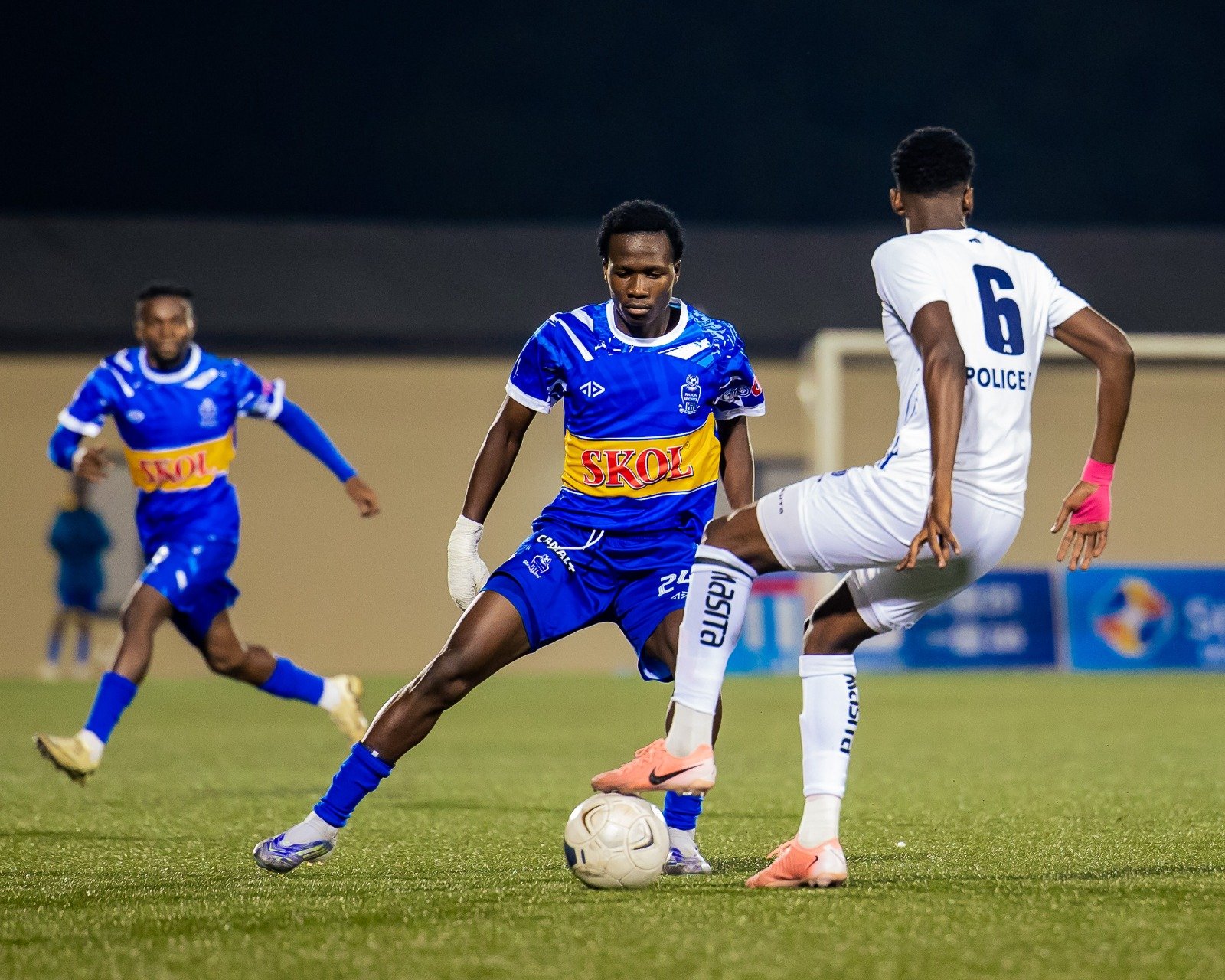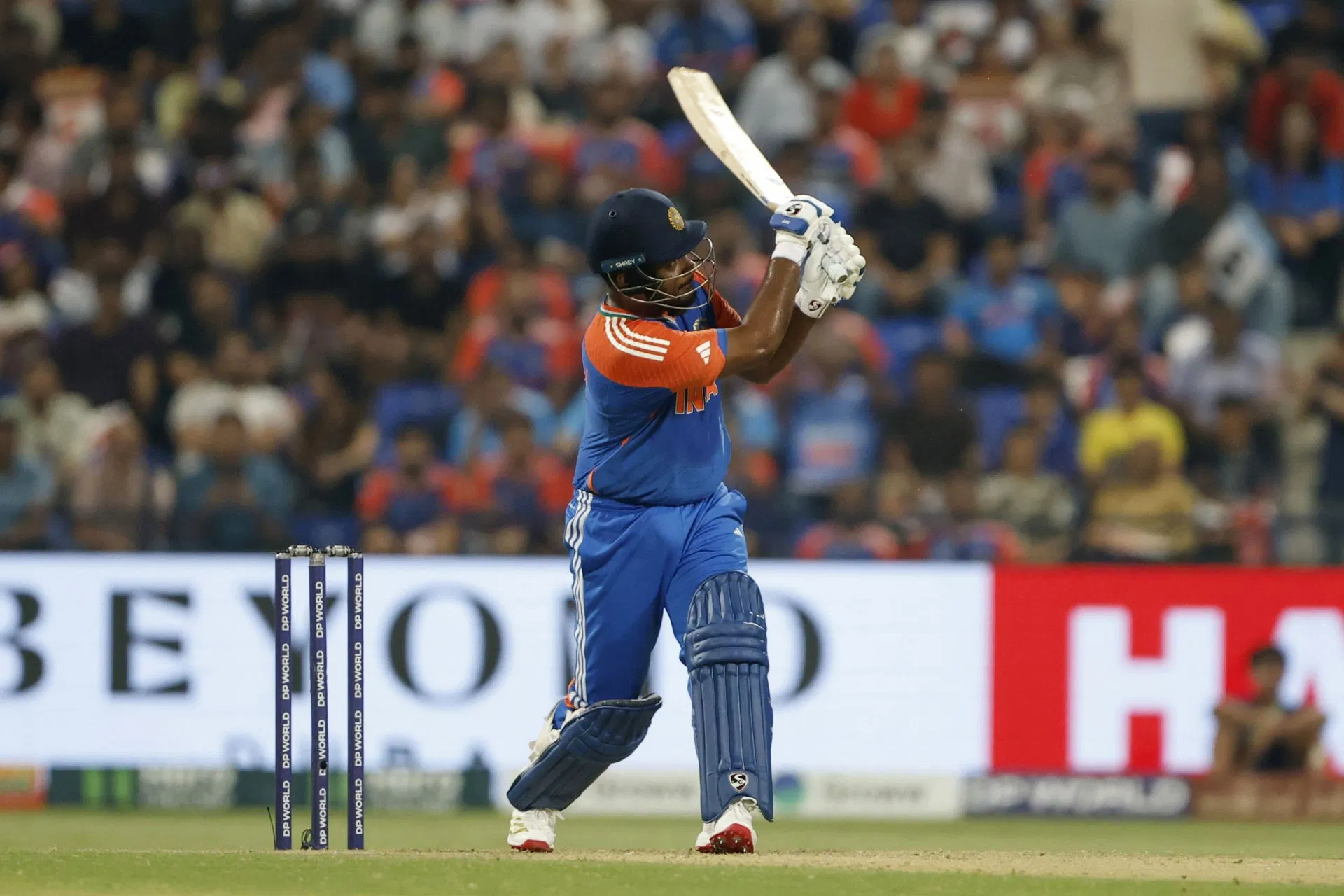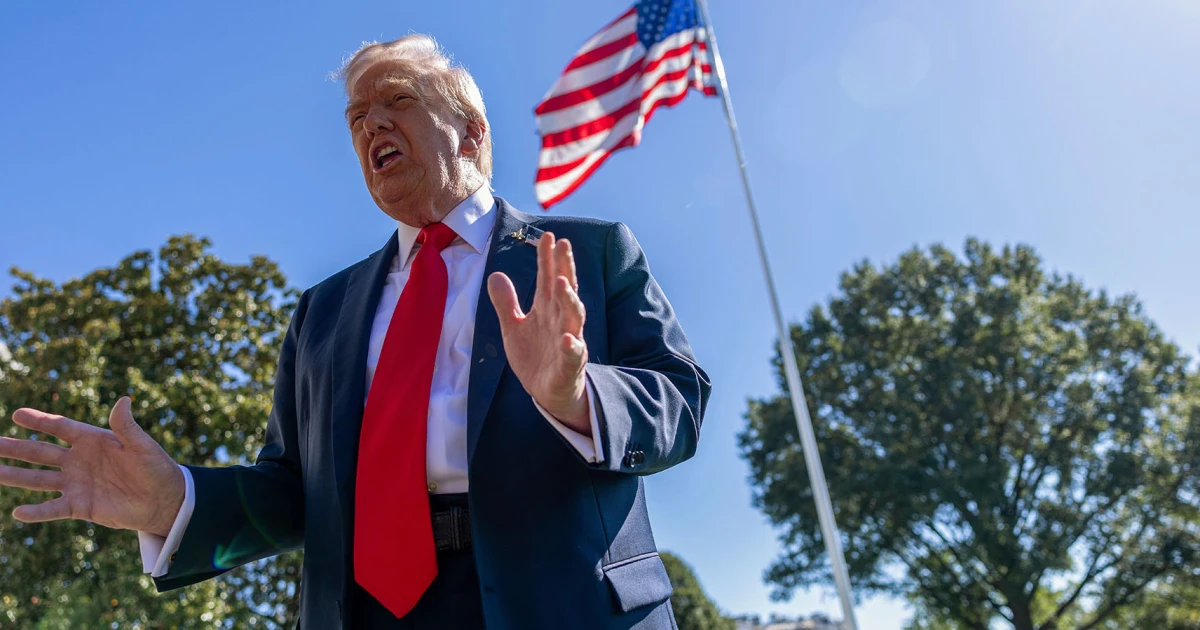
Donald Trump’s record on counterterrorism was already a mess when the president and his administration took steps to make matters vastly worse. As the White House intensified its campaign to punish blue states, Trump’s Department of Homeland Security took steps to cut $187 million for antiterrorism programs in New York.
A few days later, facing a fierce backlash, the Republican administration reversed course and announced that the funds would be restored. But as the dust settles on those developments, it’s worth appreciating how and why the president undid the damage. The New York Times reported on the “frantic effort” that unfolded behind the scenes:
The cuts, which represented the largest federal defunding of police operations in New York in decades, were made by the Department of Homeland Security, without explanation and without the approval of President Trump, White House officials said. Indeed, President Trump was blindsided by the decision to defund the police, not learning of the cuts until Gov. Kathy Hochul of New York called him on Sunday to protest the change after the fact, according to three people with knowledge of the call.
The Times’ report, which has not been independently verified by MSNBC, added that the process “underscored the chaos unfolding as the Trump administration moves to punish political adversaries by stopping the flow of billions of dollars in federal funds that had already been allocated nationwide.”
In other words, the president was on board with using federal funds as a political weapon, right up until the governor of New York told him that he’d imposed drastic cuts to counterterrorism operations in the nation’s largest city, at which point Trump effectively replied, “I did what now?”
If the circumstances seem at all familiar, it’s not your imagination: The president often appears clueless about the events unfolding around him.
A few days earlier, as part of a half-hearted, last-minute attempt to prevent a government shutdown, Trump welcomed congressional leaders to the White House for a meeting. After it failed to produce results, Senate Minority Leader Chuck Schumer told reporters that the president was apparently “not aware” of the key elements of the Democratic position.
A month earlier, Trump said he didn’t “know anything about” a failed top-secret mission in North Korea in 2019, which he reportedly authorized. “I could look but I know nothing about it,” he added. “I don’t know anything about it. I’m hearing about it for the first time.”
At a White House event in July, a reporter noted the Trump administration had paused a shipment of military aid intended for Ukraine a week earlier. Asked who approved this, the president replied, “I don’t know. Why don’t you tell me?”
In May, during a Q&A with a White House press pool, Trump was asked about his administration’s new student visa policy, and he responded in a way that suggested he had no idea what the reporter was talking about.
Weeks earlier, less than 24 hours after he nominated Dr. Casey Means to serve as the nation’s next surgeon general, the president conceded that he didn’t know Casey Means.
The day before that, amid reports that the administration was planning to expand its deportations agenda to Libya, Trump was pressed on the policy. “I don’t know,” he responded. “You’ll have to ask the Department of Homeland Security.”
The same week, NBC News aired Trump’s appearance on “Meet the Press,” and when host Kristen Welker asked whether everyone in the United States is entitled to due process, the president replied, “I don’t know. I’m not, I’m not a lawyer. I don’t know.” When Welker reminded her guest about the Fifth Amendment, Trump again said, “I don’t know.”
As part of the same exchange, Welker went on to say, “[D]on’t you need to uphold the Constitution of the United States as president?” Once again, Trump answered, “I don’t know.”
As the interview continued, the host asked whether anyone in his administration had been in contact with El Salvador about returning Kilmar Abrego Garcia to the U.S. “I don’t know,” the president said. “You’d have to ask the attorney general that question.”
Around the same time, during a White House meeting with members of the World Cup task force, a reporter asked Trump about the ban on Russia competing in next year’s FIFA World Cup tournament. “I didn’t know that. Is that right?” Trump responded.
A day later, fielding questions in the Oval Office, Trump was asked whether he agreed with Treasury Secretary Scott Bessent’s comments about possible tariff exemptions for certain family consumer goods. “I don’t know, I’ll think about it,” the president said. “I don’t know. I really don’t.”
Around the same time, a reporter reminded Trump that Vice President JD Vance had said Russia was asking for too much to end the war in Ukraine. “When did he say that?” the president asked. Reminded that the vice president had made the comments hours earlier, Trump added, “Well, it’s possible that’s right. He may know some things.”
In case that wasn’t quite enough, at the same Q&A, Trump also said he had no idea that Republican Sen. Thom Tillis of North Carolina had announced his opposition to Ed Martin’s U.S. attorney nomination a day earlier.
In April, Time magazine asked Trump how much the U.S. government is paying El Salvador to imprison immigrants. “I don’t know,” the president responded. Asked if he approved the payments, the Republican added, “No, I didn’t.”
A month earlier, Trump was asked about four U.S. soldiers who’d gone missing during a NATO training exercise in Lithuania, and the president was clueless. Asked about the apparent assassination of a Russian general, Trump again had no idea what the reporter was talking about.
When the Republican was asked about the Signal group chat scandal and whether he believed classified information was shared, he replied, “I don’t know. I’m not sure, you have to ask the various people involved.”
These weren’t trick questions. No one appeared to be trying to trip up the president with unexpected inquiries about obscure topics. In all of these instances, Trump should’ve been able to respond to the questions with substantive responses.
But he didn’t. Instead, the Republican effectively said, over and over again, “Don’t look at me, I just work here.”
Five years ago, as the severity of the pandemic came into focus, the New York Times published a memorable analysis that included a word to describe Trump that stood out to me as significant — “bystander.”
“While he presents himself as the nation’s commanding figure, Mr. Trump has essentially become a bystander as school superintendents, sports commissioners, college presidents, governors and business owners across the country take it upon themselves to shut down much of American life without clear guidance from the president,” the Times wrote.
A half-decade later, President Bystander has apparently returned. Trump has taken a keen interest in countless trivialities, but on substantive issues, he’s offering a lot of shrugged shoulders and blank stares.
As for why this matters, there are a handful of angles to keep in mind. Right off the bat, in a great many instances in recent months Trump has sounded a bit too much like a man who just wandered into the Oval Office.
What’s more, most objective observers would probably agree that if Joe Biden had repeatedly said “I don’t know” in response to simple questions about his own administration, it would be front-page news — and the Democrat’s responses would be played on a loop for hours on end in conservative media.
Similarly, Trump has personally invested considerable time and energy in accusing Biden of having been a doddering old “autopen” president who was unaware of events unfolding around him. Given the frequency with which the Republican clings to “I don’t know” responses, he should probably consider a new line of attack.
Finally, let’s not forget that Trump’s authoritarian tendencies are rooted, at least in part, in the idea that governmental power must be concentrated in the president’s hands, to be executed as he sees fit.
It makes Trump’s apparent cluelessness that much more alarming.
